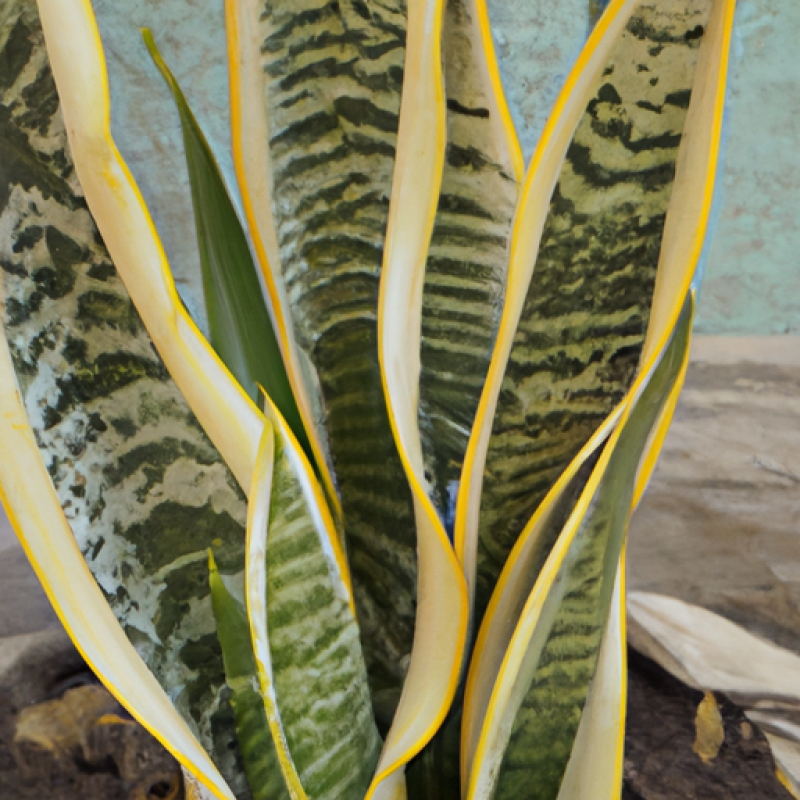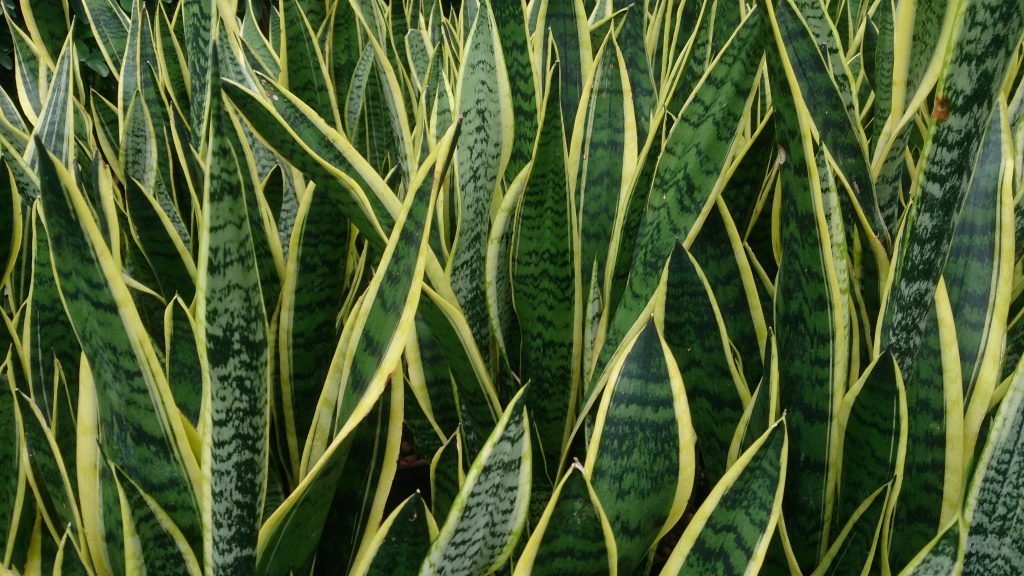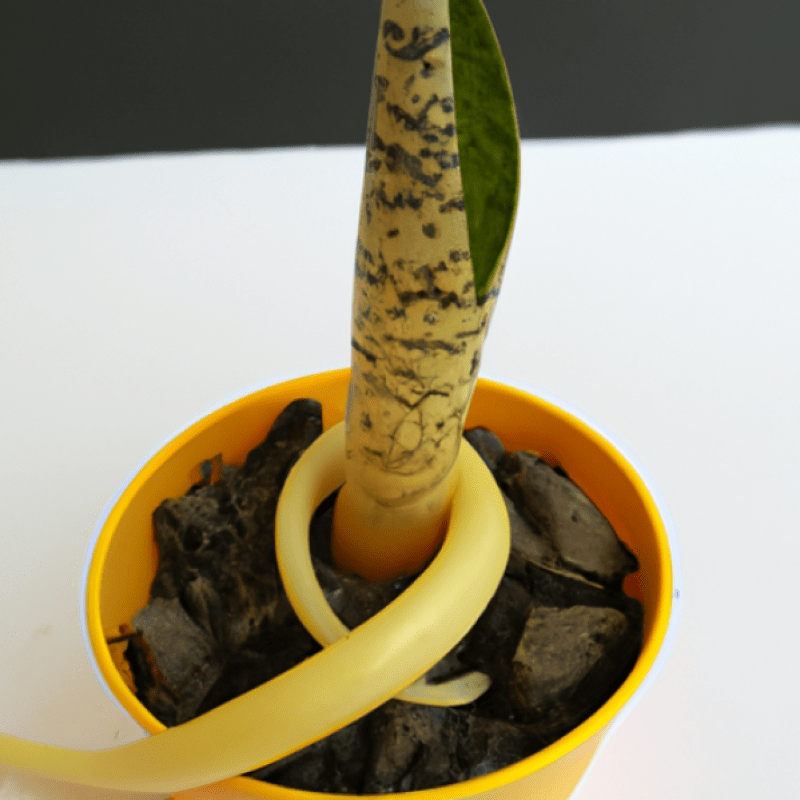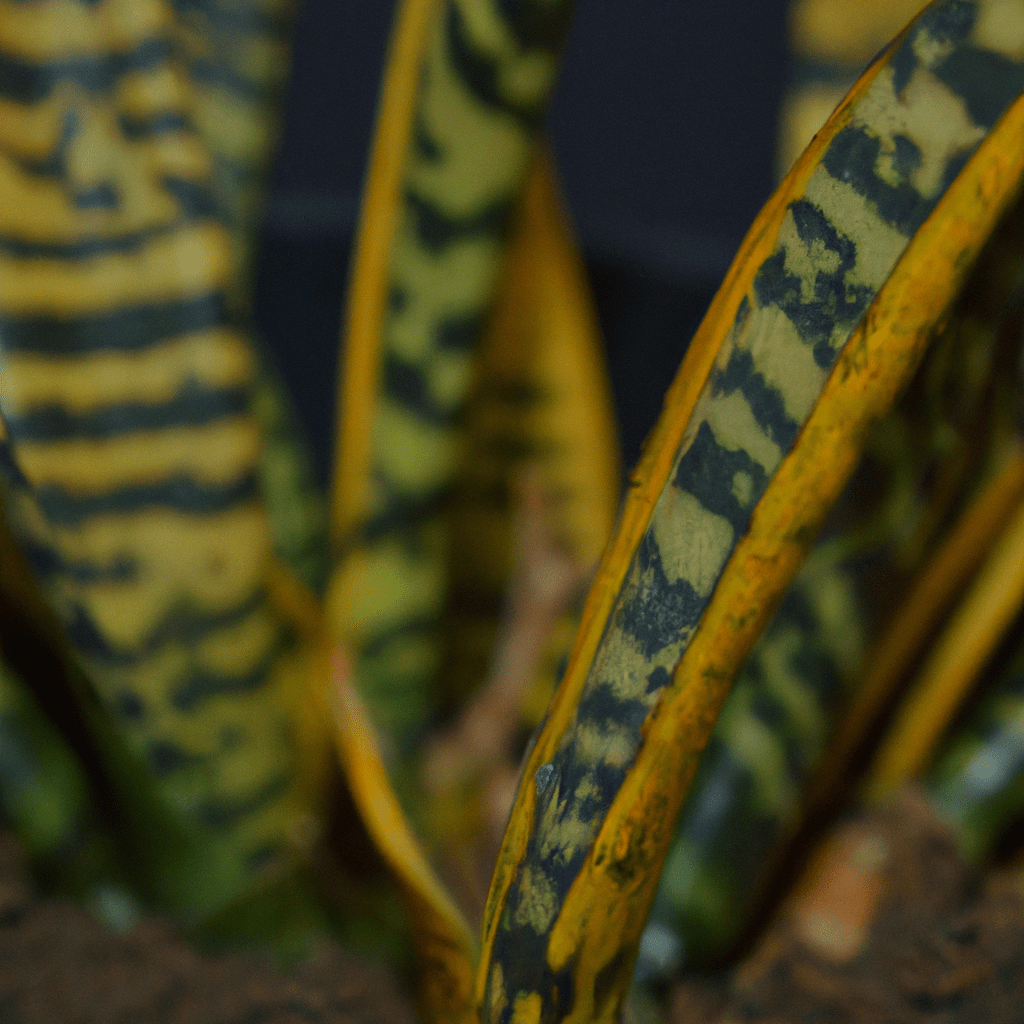Are you a fan of Sansevieria Fischeri, the charming little snake plant that’s taking the plant-loving community by storm? Do you want to know how to propagate it like a pro? Look no further, my fellow plant enthusiasts! In this article, we’ve got the 10 questions you should know to successfully propagate Sansevieria Fischeri. Whether you’re a seasoned plant parent or a newbie to the game, we’ve got all the tips and tricks to help you grow your collection and keep your green thumb thriving. So sit back, grab a cup of coffee (or tea, if that’s more your thing), and let’s get propagating!
1. What are the ideal conditions for propagating Sansevieria Fischeri?
Sansevieria Fischeri, also known as the twisted sister plant, is a popular ornamental plant known for its unique appearance. Propagating Sansevieria Fischeri requires specific conditions to ensure successful growth.
The ideal conditions for propagating Sansevieria Fischeri are:
- Soil: Use well-draining soil that is rich in organic matter.
– Watering: Water the plant sparingly, allowing the soil to dry out completely between waterings.
– Temperature: The plant thrives in warm temperatures between 60-85°F (15-30°C).
- Light: Sansevieria Fischeri prefers bright, indirect sunlight but can tolerate low light conditions.
– Humidity: The plant can tolerate low humidity levels but prefers a more humid environment.
– Propagation: Sansevieria Fischeri can be propagated through leaf cuttings or division of the root system.
Maintaining these ideal conditions will promote healthy growth and ensure successful propagation of Sansevieria Fischeri.
2. Can Sansevieria Fischeri be propagated through leaf cuttings?
Sansevieria Fischeri, commonly known as the Fischer’s Snake Plant, is a succulent plant that belongs to the Asparagaceae family. The propagation of this plant can be achieved through different methods, including leaf cuttings. However, the success rate of propagating Sansevieria Fischeri through leaf cuttings can vary, and it may not always result in new plants.
Here are some factors to consider when propagating Sansevieria Fischeri through leaf cuttings:
– Use healthy leaves from a mature plant.
- Cut the leaf into several sections and let them dry for a few days before planting.
– Provide a well-draining soil mix and keep it moist but not waterlogged.
– Place the cuttings in bright, indirect sunlight and avoid exposing them to direct sunlight.
Propagation through leaf cuttings can take several weeks to months for the plant to grow roots and start producing new leaves. It is essential to be patient and monitor the progress regularly. Other propagation methods, such as division or offsets, may be more reliable and faster for Sansevieria Fischeri.
3. How long does it take for Sansevieria Fischeri to root?
Sansevieria Fischeri is a slow-growing plant that requires patience to propagate. The time it takes for Sansevieria Fischeri to root varies depending on various factors such as the temperature, humidity, and the quality of the soil. On average, it takes about 4-8 weeks for the plant to develop roots. However, it can take longer if the conditions are not optimal. The process of rooting can be accelerated by using growth hormones and providing the right conditions. It’s important to ensure the soil is well-drained, and the container is not too large as it can lead to root rot. Additionally, the Sansevieria Fischeri plant prefers bright but indirect light and needs to be watered sparingly, making sure the soil dries out between watering sessions. Overall, rooting Sansevieria Fischeri requires patience and proper care to ensure the plant develops strong roots.
4. What type of potting mix should be used for Sansevieria Fischeri?
Sansevieria Fischeri is a unique plant that requires specific potting mix to thrive. The ideal potting mix for this plant should be well-draining, porous, and rich in nutrients. It should also have good water retention capabilities to prevent the roots from drying out. Here are some recommendations for the potting mix:
– Use a mix of 50% peat moss and 50% perlite or coarse sand to ensure good drainage and aeration.
- Add some compost or organic matter to the mix to improve soil fertility and moisture retention.
– Avoid using heavy soil or clay-based mixes that can hold too much moisture and cause root rot.
– Consider adding some charcoal or activated carbon to the mix to absorb any toxins or impurities in the soil.
Overall, the key to a healthy Sansevieria Fischeri is to provide it with the right growing conditions, including suitable potting mix. With the right care, this plant can thrive and bring beauty to any space.
5. Is it possible to propagate Sansevieria Fischeri in water?
Propagation of Sansevieria Fischeri in water is possible, but it is not the most effective method. This species of Sansevieria, also known as the twisted sister snake plant, can be propagated through leaf or stem cuttings. However, water propagation may result in weaker and less robust plants compared to other methods.
To propagate Sansevieria Fischeri in water, select a healthy leaf or stem cutting and place it in a jar or vase with water. Change the water every few days to prevent bacterial growth and ensure that the cutting has access to oxygen. Roots should begin to emerge from the cutting within a few weeks.
However, it is recommended to propagate Sansevieria Fischeri through soil propagation or division of the mother plant instead of water propagation to ensure the health and strength of the new plants. Soil propagation involves planting the cutting directly into a well-draining soil mixture and keeping it moist until roots and new growth appear. Division involves separating the offsets from the mother plant and planting them separately.
6. When is the best time to propagate Sansevieria Fischeri?
Propagation of Sansevieria Fischeri can be done using leaf cuttings. It is advised to propagate during the growing season which is in spring or summer. However, the best time to do so is during the early spring months, especially in March or April. During this time, the plant is in its active growth phase and has enough energy to produce roots and new growth.
To propagate Sansevieria Fischeri, select a mature and healthy leaf from the plant. Cut it into sections, each section around 2-3 inches long, and plant them in well-draining soil. Make sure to keep the soil moist but not overly watered. The new growth should appear after a few weeks, and the plant will be ready for transplanting after a few months.
Timing is crucial in propagating Sansevieria Fischeri, and it is important to note that propagating during the wrong time can lead to unsuccessful results. Therefore, it is recommended to propagate during the early spring months to ensure the best chances of success.
7. Do Sansevieria Fischeri offsets need to be separated for propagation?
Sansevieria Fischeri offsets can be left attached to the parent plant for propagation, but separating them can accelerate the process. The process of separating offsets involves gently twisting the bases of the offsets until they break off cleanly from the parent plant. It is important to ensure that each offset has a healthy root system attached to it. The separated offsets can then be potted in a well-draining soil mix and kept in a warm and bright location until they establish roots and start to grow. It is important to avoid overwatering the newly separated offsets as they can be prone to rotting. Alternatively, the parent plant can be divided into smaller sections with each section containing at least one offset and a portion of the root system. This method can be effective in propagating multiple plants from a single parent plant. Overall, separating Sansevieria Fischeri offsets is not necessary but can speed up the propagation process.
8. How often should Sansevieria Fischeri be watered during propagation?
Sansevieria Fischeri is a drought-tolerant plant and can be propagated easily by leaf cuttings. The frequency of watering during propagation depends on various factors such as temperature, humidity, and soil moisture retention. It is recommended to water the plant only when the soil is completely dry and avoid overwatering, as it can lead to root rot.
During propagation, it is important to maintain a moderate level of humidity by covering the cuttings with a plastic bag or placing them in a humid environment. The ideal temperature range for Sansevieria Fischeri propagation is between 20-30°C, and the plant should be kept away from direct sunlight.
In summary, Sansevieria Fischeri should be watered only when the soil is dry, and the plant should be kept in a humid environment with moderate temperature and indirect sunlight during propagation.
9. Can Sansevieria Fischeri be propagated from division?
Sansevieria Fischeri, also known as Fischer’s snake plant, can be propagated from division. This method involves carefully separating the plant into smaller sections, each with at least one healthy rhizome and a few leaves. The process is best done during the growing season, when the plant is actively growing and can quickly recover from the stress of division.
To propagate Sansevieria Fischeri from division, follow these steps:
– Prepare a potting mix of well-draining soil and perlite or sand
– Gently remove the plant from its pot and brush off excess soil
- Identify the natural splits or offsets in the rhizome and carefully separate them by cutting with a clean, sharp knife or scissors
- Plant each section in its own pot, making sure the rhizome is covered with soil but the leaves are not buried
– Water sparingly until new growth appears, then gradually increase watering frequency
Successful propagation from division depends on factors such as the health and size of the original plant, the timing and technique of division, and proper care of the new plants after planting.
10. What are some common mistakes to avoid when propagating Sansevieria Fischeri?
When propagating Sansevieria Fischeri, there are several common mistakes that should be avoided to ensure successful growth. Some of these mistakes include:
1. Overwatering: Sansevieria Fischeri prefers well-draining soil and can be susceptible to root rot if overwatered.
2. Using the wrong soil mix: A well-draining soil mix that is free of organic matter is ideal for Sansevieria Fischeri.
3. Propagating during the wrong season: Sansevieria Fischeri should be propagated during the growing season when the plant is actively growing.
4. Planting too deeply: Sansevieria Fischeri should be planted at the same depth as it was in its original container.
5. Not allowing the cuttings to callus over: Before planting Sansevieria Fischeri cuttings, it’s important to allow them to callus over for a few days to prevent rot.
6. Incorrect lighting conditions: Sansevieria Fischeri prefers bright, indirect light and should not be exposed to direct sunlight.
By avoiding these common mistakes, you can successfully propagate Sansevieria Fischeri and enjoy healthy, thriving plants.
Congratulations! You’ve now armed yourself with all the knowledge needed to propagate Sansevieria Fischeri like a pro! You know the right soil, the perfect timing, and even the best tools to use. Plus, you’re now a master at identifying offsets and leaves that are ready for propagation.
So go ahead and give it a shot! Take your scissors, make those clean cuts, and lay those baby plants down gently. With your newfound expertise, you’ll be growing Sansevieria Fischeri left and right in no time.
Remember, this is just the beginning. There’s an entire world of plant propagation out there waiting for you to explore. So don’t stop here – keep learning, keep growing, and keep thriving!



